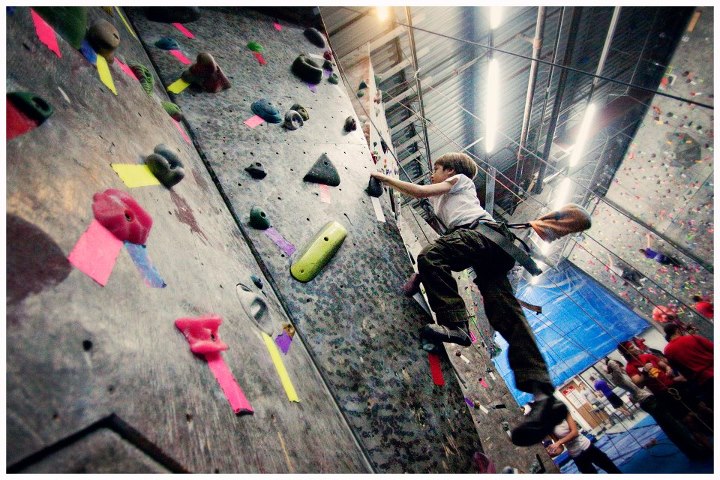SETTER SHOWDOWN teaser – Grotto Climbing – San Diego, California from Louie Anderson on Vimeo.
Vertical Adventures Teams With ABC on Training Center
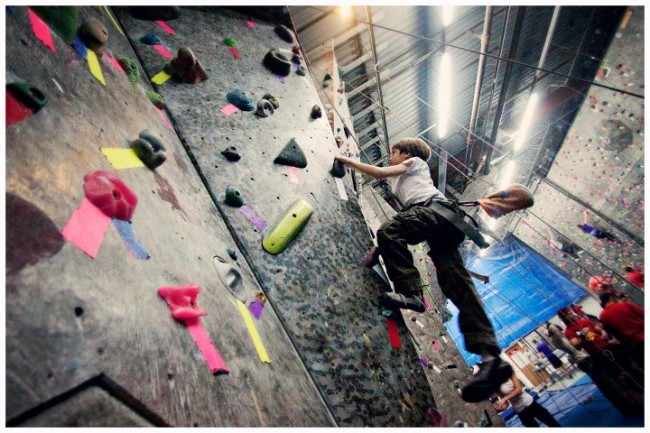
From Old to New
Climbing teams are gaining popularity and growing bigger every year. As attendance rises these teams put additional pressure on their host gyms. Youth competitors need space on the wall and on the ground to train for upcoming competitions, and the more space they occupy the less space is available to regular members. “Our youth program continues to explode. For the last two sessions, every class we’ve offered has filled. When we’ve added more classes, they’ve filled, too,” Roberts said. “There is always tension between program-and membership-based business that makes keeping up with that growth difficult.”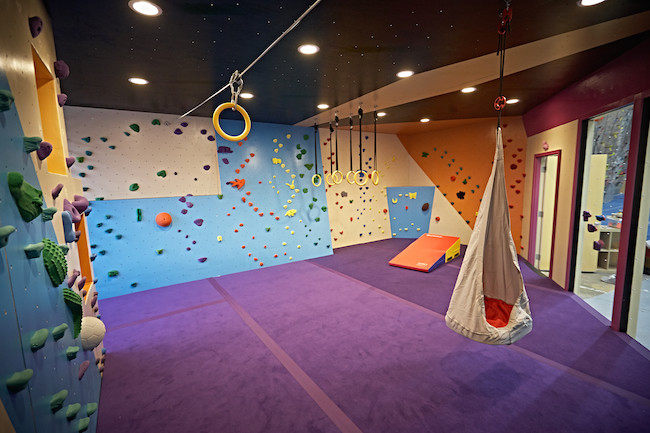
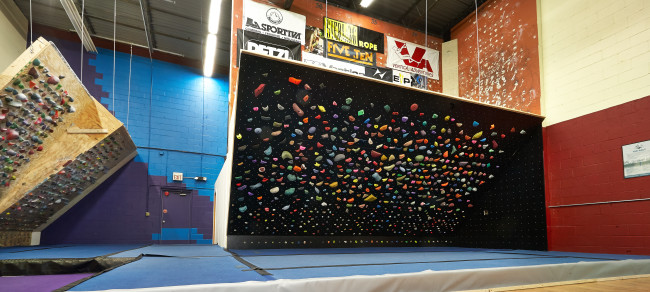
Enter ABC
The new VA training center is only the third dedicated climber training gym in the USA. As such the VA team knew they needed to make sure they were doing everything they could to make it a success. So they enlisted the help of ABC Kids Climbing out of Boulder, Colorado. ABC Kids Climbing was created in 2004 by Coach Robyn Raboutou and is quickly becoming a dominating force on the youth comp circuit. ABC Kids licenses their training curriculum to Momentum in Utah and Planet Rock in Michigan. Vertical Adventures is the newest facility to sign on with ABC. According to JoAnne Carilli-Stevenson, ABC Kids Marketing Director, the license includes, “The brand, facility design, staff training and comprehensive curriculum for all pre-school and early elementary classes.”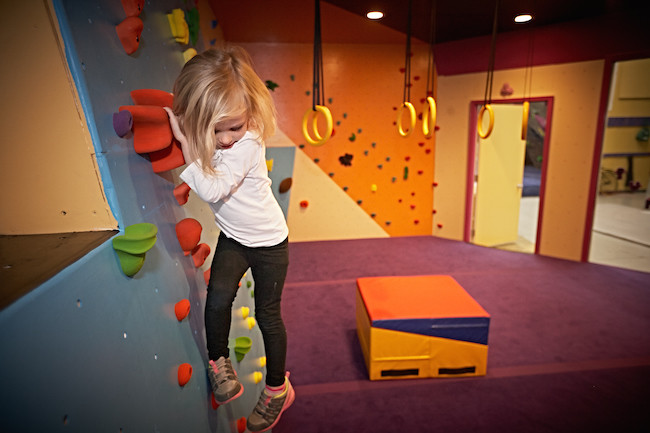
Live Streaming of ABS Open & Youth Nationals
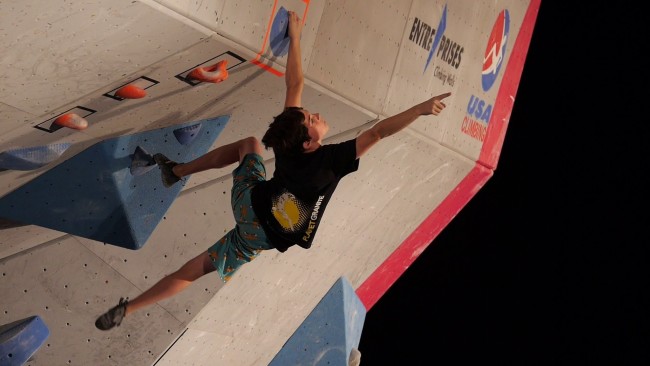
CWA News: New Board Members
The CWA held its annual board meeting November 5 – 7, 2014. This was a time for the board to come together and set plans for the coming year, as well as elect new board members and roles. This year the board approved the applications of two new members, Ivaylo Penchev and Chris Warner, as well as promoting Aaron Stevens to the role of Vice President.
Penchev comes to the CWA as the CEO of Walltopia, one of the largest climbing wall manufacturers in the world, and currently the title sponsor for the 2015 Climbing Wall Summit. Warner is the CEO of Earth Treks, a company he founded in 1990 as an outdoor guiding service and which now boasts 4 climbing gym locations in Maryland and Colorado.
Aaron Stevens, formerly the Board of Director’s Secretary, was promoted to the role of Vice President. Mr. Stevens is currently the General Manager and Co-owner of Climb Iowa and has been a board member since 2012.
Drew Eakins, Membership Marketing Manager is leaving the CWA and moving across town to Great Trango Holding, Inc. Eakins, in addition to improving member services in a variety of ways, organized and executed one of the most successful Climbing Wall Summits the association has ever put forward. Eakins is an avid climber and talented marketer who came to the CWA in 2012 with a background in Sports Management.




